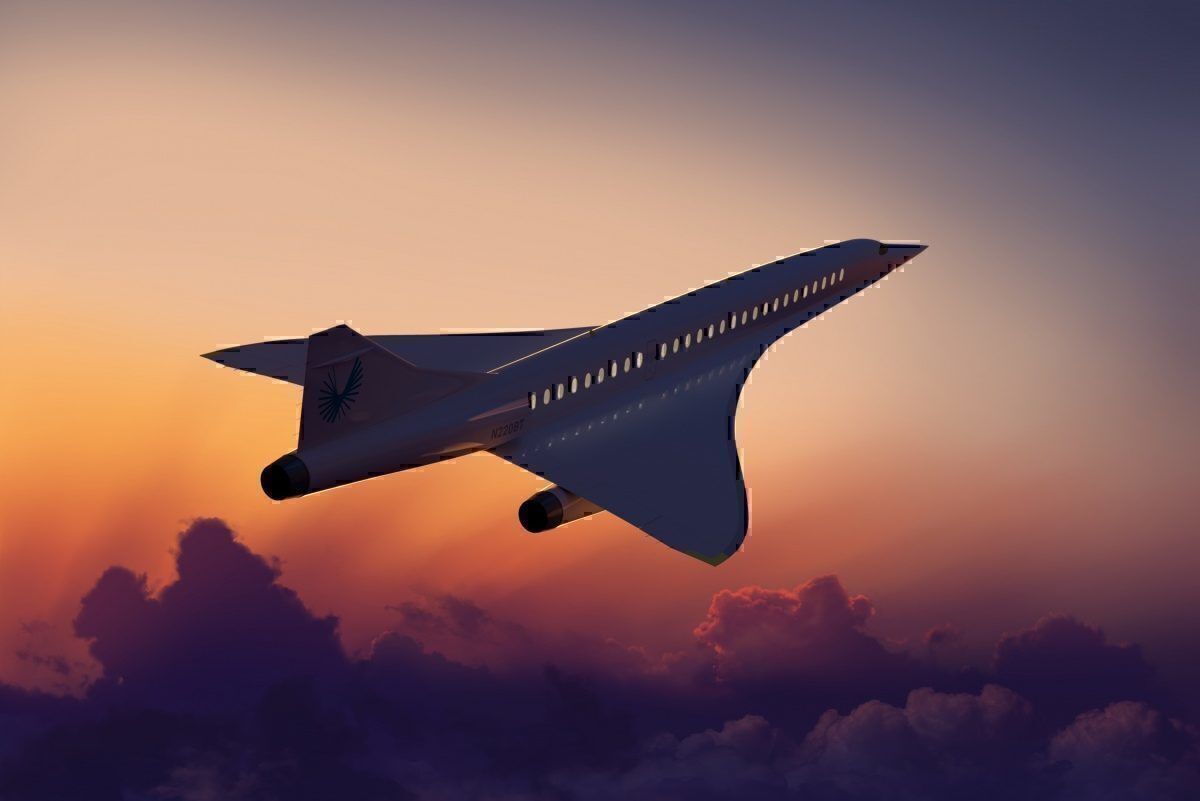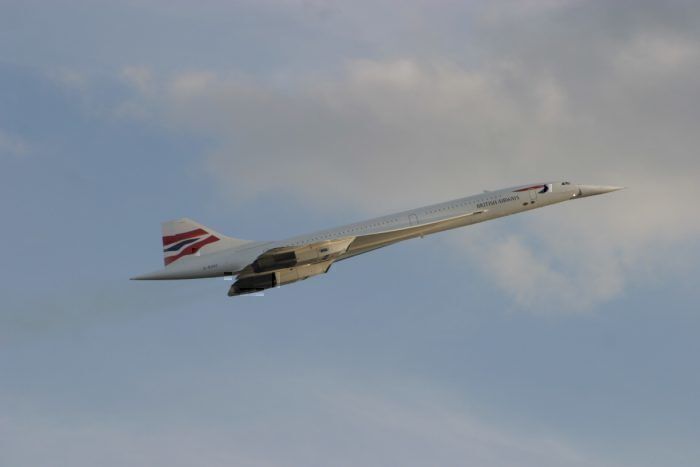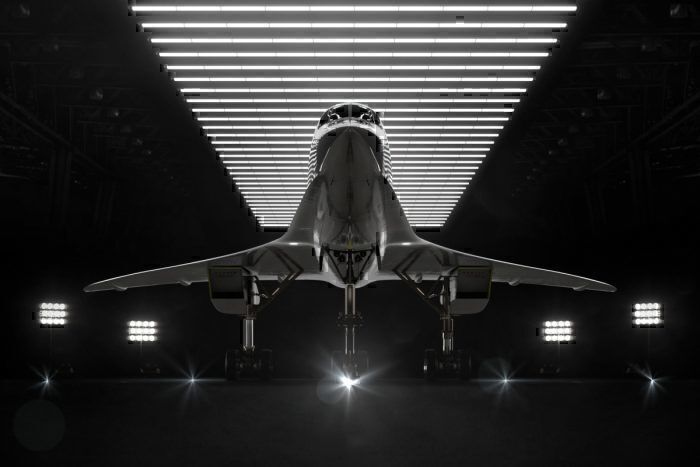As more companies, such as Boom, once again focus on supersonic flight, it seems that the FAA may be looking to change the rules. The agency is looking to propose new aircraft rules for faster than sound flight.
Along with most of the world, current flight rules in the US do not look so kindly on supersonic flight. This is largely due to the large sonic boom given off when the jetliners fly overhead. It was this, in part, that ensured the demise of Concorde, although there were many other reasons too. But now American companies are looking at a new age of faster than sound travel, and the FAA need to catch up.
Mach 1
The speed of sound is known as Mach 1. Essentially, any aircraft flying faster than Mach 1 is breaking the speed of sound. When aircraft break the speed of sound, a large boom is heard directly below the aircraft. This is the main thing that makes supersonic flying over populated areas particularly contentious.
The disruption of the sonic boom is the main reason behind the FAA's current guidelines. Currently, without specific authorisations, supersonic flight by civil aircraft is banned in the airspace above the US and surrounding coastal areas. The FAA states,
"There is a procedure that allows supersonic operation under certain conditions granted on an individual basis."
Proposed changes
The FAA is proposing two changes to the current regulations on supersonic flight. Interestingly, the new rules will not override the current regulations prohibiting flight in excess of Mach 1. The first change being proposed is "a proposed rule for noise certification of supersonic aircraft".
This is tied with a second proposed rule. The second rule will address the process used to request supersonic flight authorisations for the purpose of test flights. This is the rule that will have the most impact as companies such as Boom look to test their upcoming supersonic aircraft.
Let's talk about Boom
Boom is one of the companies looking to make faster than sound flight mainstream once again. The company is based in Denver, Colorado, and they're currently working on a prototype supersonic aircraft as a proof of concept.
This aircraft is known as the XB-1, and the company is targeting flight tests including supersonic travel in 2020. The location for these flight tests will be California's Mojave Desert.
If the XB-1 goes well, Boom will then work on their first passenger supersonic aircraft. This is called Overture and looks surprisingly like Concorde to the naked eye. Boom claims the aircraft will have "seat-mile costs similar to subsonic business class".
The company is eyeing entry to service of 2025-2027, with Virgin and Japan Airlines already lined up as customers. However, engine options are yet to be specified, but as Rolls Royce previously said they wouldn’t rule out working on supersonic engine technology, they could be in the running.
Do you think supersonic flight has a place in the skies above the US? Let us know in the comments!



